Why Toyota EVs should be under the Scion brand
Toyota should bring back Scion for EVs, and here's why.
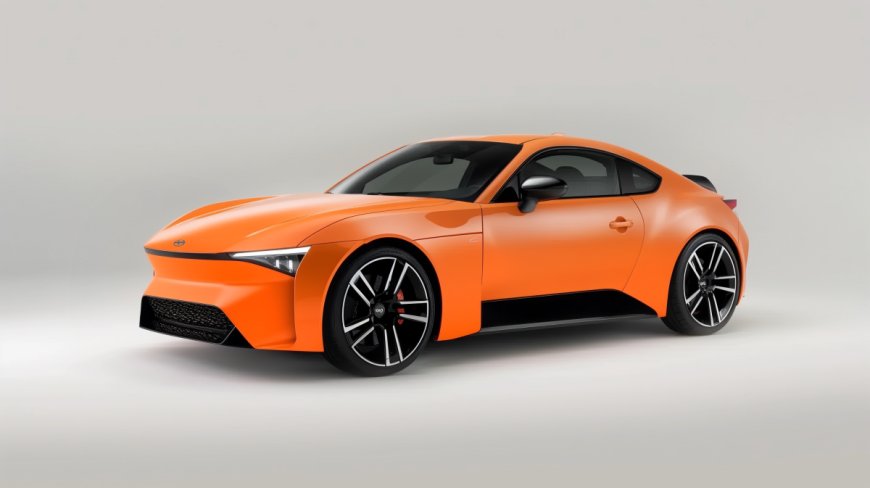
The Toyota bZ4X, the company’s first fully electric vehicle since a mid-90s RAV4 variant, is on the radar of those looking for a new EV. Toyota partnered with Subaru on design and development, with Subaru naming its version the Solterra. The vehicle(s) arrived without much fanfare and haven’t been met with positivity from reviewers—and I think I know why.
The bZ4X should have been a Scion.
Bringing back the Scion brand for EVs would have been a bold move for Toyota, but it would have given it enough cover to experiment freely. The bZ4X even sounds more like a Scion, which favored letter-number naming schemes for its lineup.
Related: How much is too much? New car buyers face record-high monthly payments Scion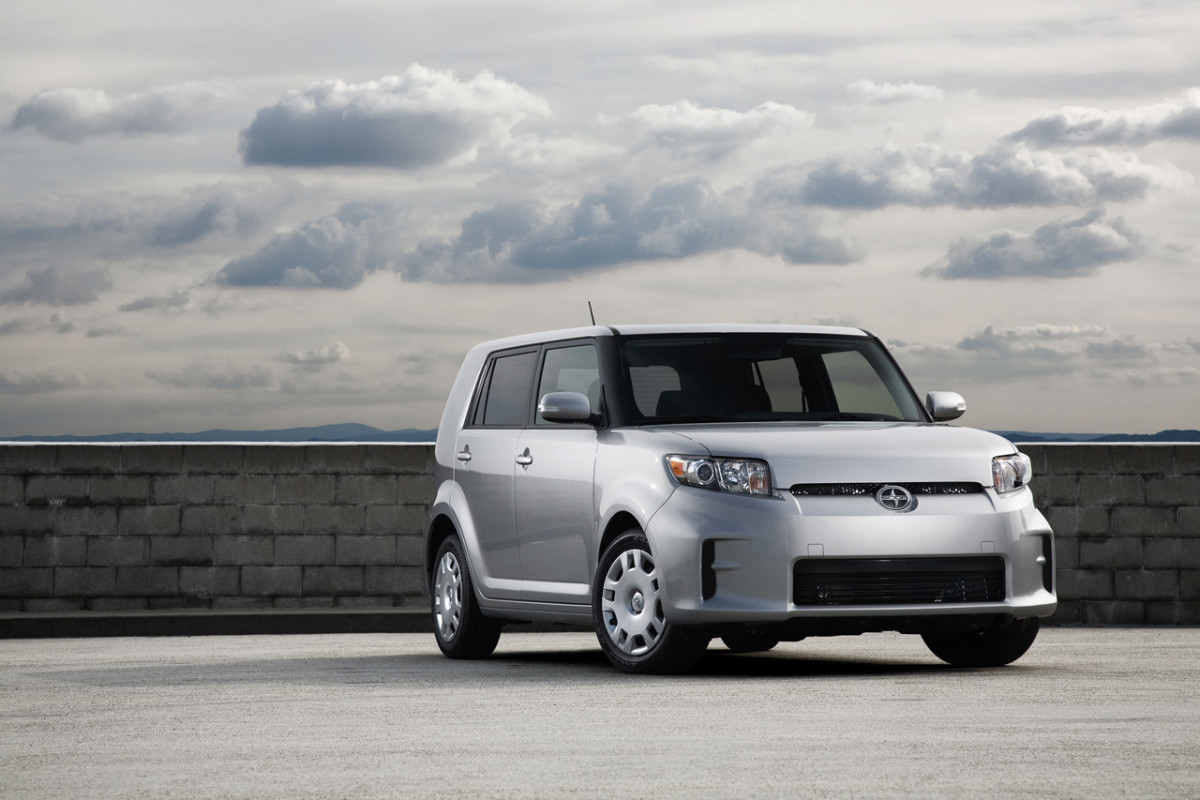
Scion designs were fresh
EV buyers are open-minded about design. They want something bold and futuristic but don’t want to drive a polygonal “truck” that looks like it was designed for a PS1 game.
They want something familiar, unique, and approachable. A vehicle that drives like a next-generation people-mover but doesn’t have a massive learning curve.
These are not hallmarks of a Toyota. People love Toyota vehicles because they generally know what to expect. It’s challenging for Toyota to take the next steps when one foot is firmly planted in tradition. Cole Attisha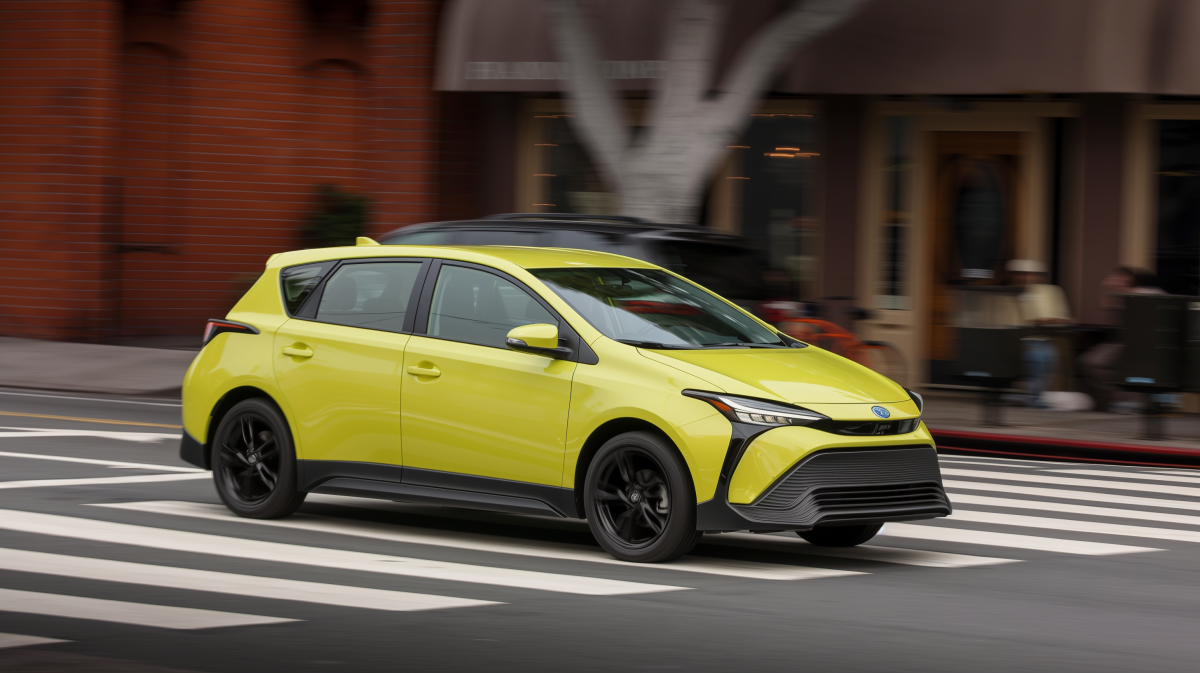
Branding EVs as Scions would have allowed Toyota designers to think freely inside and out. As quirky as Scion vehicles were compared to their Toyota counterparts, designers invested considerable thought into them, which paid off. They felt somewhat futuristic and fresh - yet you knew deep down they were Toyotas, which instilled confidence that they would be excellent vehicles.
The bZ4X looks like a combination of the Crown and RAV4 with a Prius-like interior. Toyota clearly lacks confidence in electrification as the best path forward, and that’s evident in the bZ4X design ethos. It is a combination of parts that don’t feel exciting or interesting, which EV buyers want.
Related: Cadillac's design chief to steer GM's global styling Toyota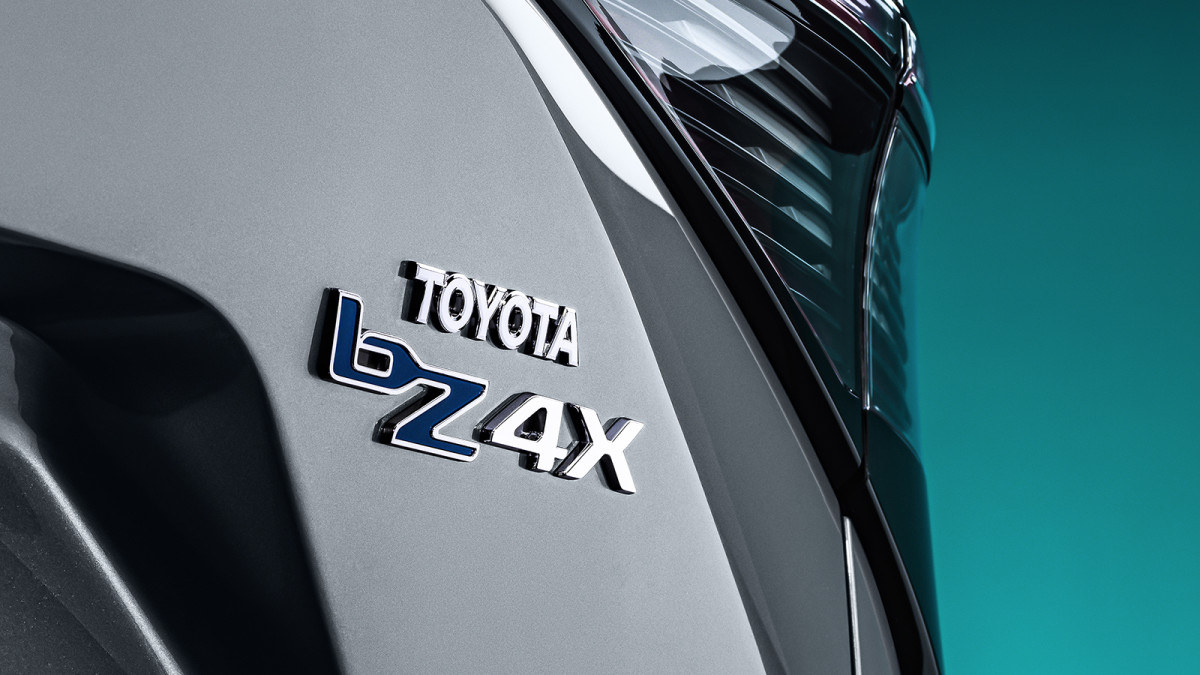
Toyota’s 1:6:90 rule
Toyota leadership believes EVs hoard lithium, which could be better used to produce hybrids. The company’s 1:6:90 rule states that for every EV Toyota makes, it could use the same volume of lithium to produce six plug-in or 90 hybrid electric vehicles.
The automaker also claims that the 90 hybrids it could create with one EV’s worth of lithium would reduce cumulative carbon emissions 37 times more than any EV over the lifetime of those vehicles.
While the 1:6:90 rule was discovered via leaked documentation (Toyota has no official stance on hybrids versus electric vehicles), it shows that Toyota is bearish on full electrification. Cole Attisha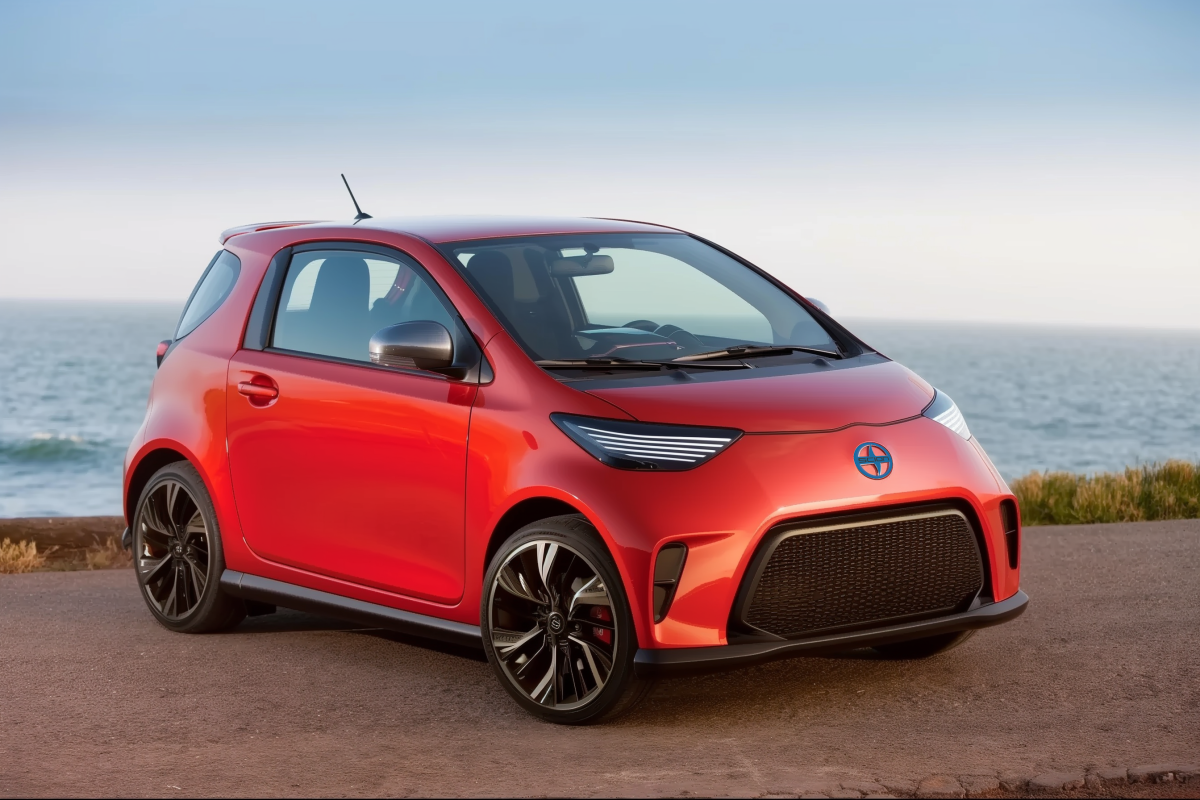
There’s no better way to test the EV waters than by bringing Scion back. We all assume EVs are the future, but it could also be hybrids or hydrogen—two other technologies Toyota is investing in. If electrification at scale doesn’t work out, Toyota can shutter the Scion brand and its EV efforts again. Alternatively, if it works, Scion vehicles could eventually become Toyotas. BMW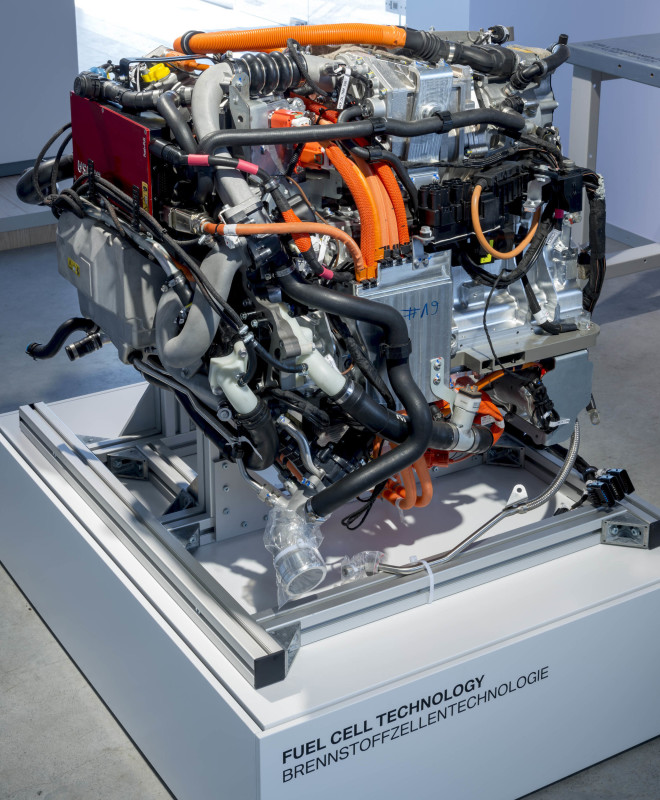
Related: In rare feat, Nissan Z outsold the Toyota Supra in 2024
The bZ4X tarnishes the Toyota brand
Toyota’s first fully electric vehicle is selling well, but dealerships across the U.S. are having trouble keeping it on their lots. People want EVs, and they love Toyota. The bZ4X just isn’t a great car.
Reviewers generally view the vehicle as a middling offer from Toyota, with most bemused that the bZ4X is the best Toyota could muster. While most EVs have spacious cabins and ride well, the bZ4X has a ho-hum range and lacks the performance people have come to expect from EVs. In a moment when people wanted EVs with better range and sportier handling, Toyota fell short.
Compared to the two Crown variants Toyota released last year, it’s clear that electric vehicles are not Toyota's priority. The Crown has been well received; pundits appreciate that the Crown closes the gap between Toyota and Lexus. The Crown elevates Toyota, and there’s no longer such a dearth of quality between Toyota and Lexus vehicles. Toyota
If the bZ4X were a Scion, Toyota could have couched its performance issues. Scion had sporty cars, like the tC and FR-S, but were never widely accepted as street racing machines. Most Scions were Toyotas by a different name; the xB, for example, was essentially a cubist Camry. The tiny Scion iQ sure had a lot of Toyota Yaris in it, and the iA was eerily Corolla-ish.
With the bZ4X, Toyota delivered a staid design, middling performance, and poor range. Those criticisms would hold up if it were a Scion; it just wouldn’t be a Toyota. And that matters.
Related: The 4 best examples of why Hyundai has been nailing the car design game
Perception is reality
If the bZ4X were a Scion, we’d all view it through a different lens. Performance issues? Hey, it’s just a Scion! Weird design? Scion is Toyota’s skunkworks department! Not a great EV? Scions were never the best in class!
Toyota has a history of shelving things that work, too. The outgoing Venza made way for the Crown, even though it’s a great car that could have easily been what we now know as the Crown. Toyota just wanted to bring the Crown nameplate stateside. Toyota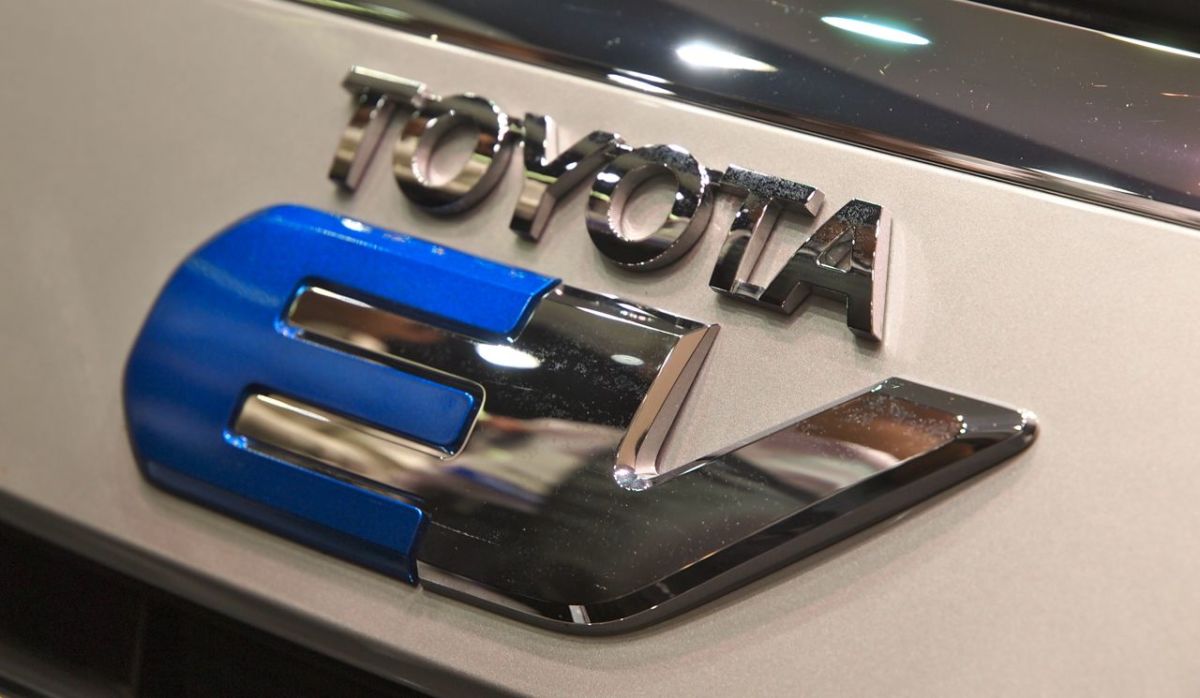
It’s not too late, either. Toyota could revive the Scion brand for EVs and market it as Toyota’s way of "thinking differently” about EVs. This would allow the design and engineering teams a clean slate to think differently, fail admirably, and fine-tune what most believe is the future of consumer vehicles.
Toyota may never go all-in on EVs like many other manufacturers claim they will, and that’s alright. It should just carve out space for EVs that don’t compromise the brand.
Final thoughts
On February 3, 2016, Toyota announced it was “transitioning” the Scion Brand to Toyota. At the time, Toyota North America’s CEO Jim Lentz said, “This isn’t a step backward for Scion; it’s a leap forward for Toyota. Scion has allowed us to fast-track ideas that would have been challenging to test through the Toyota network.”
Please do it again, Toyota.
Related: Hands on with the 2025 Suzuki Swift Hybrid - remarkably economic forbidden fruit











































